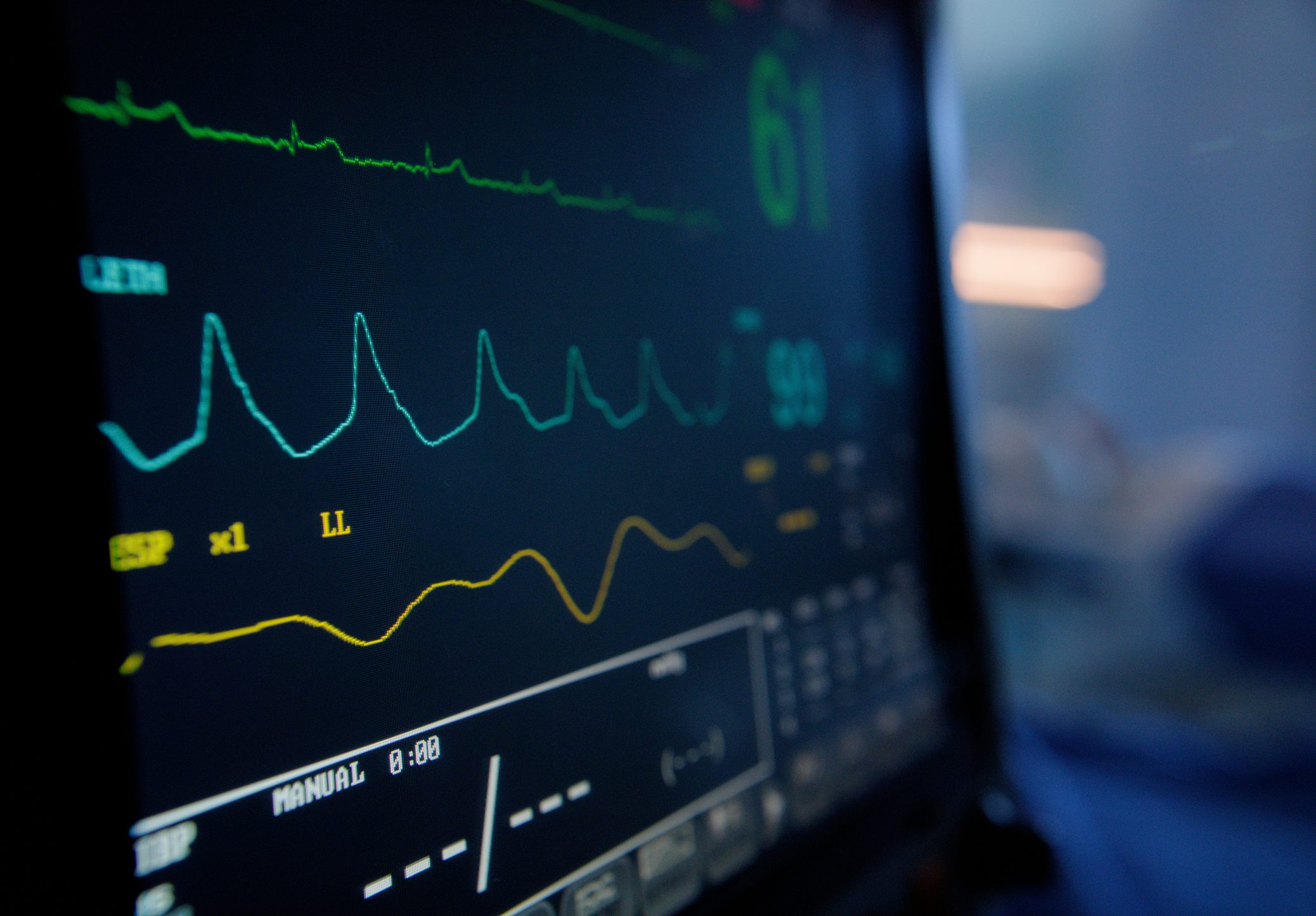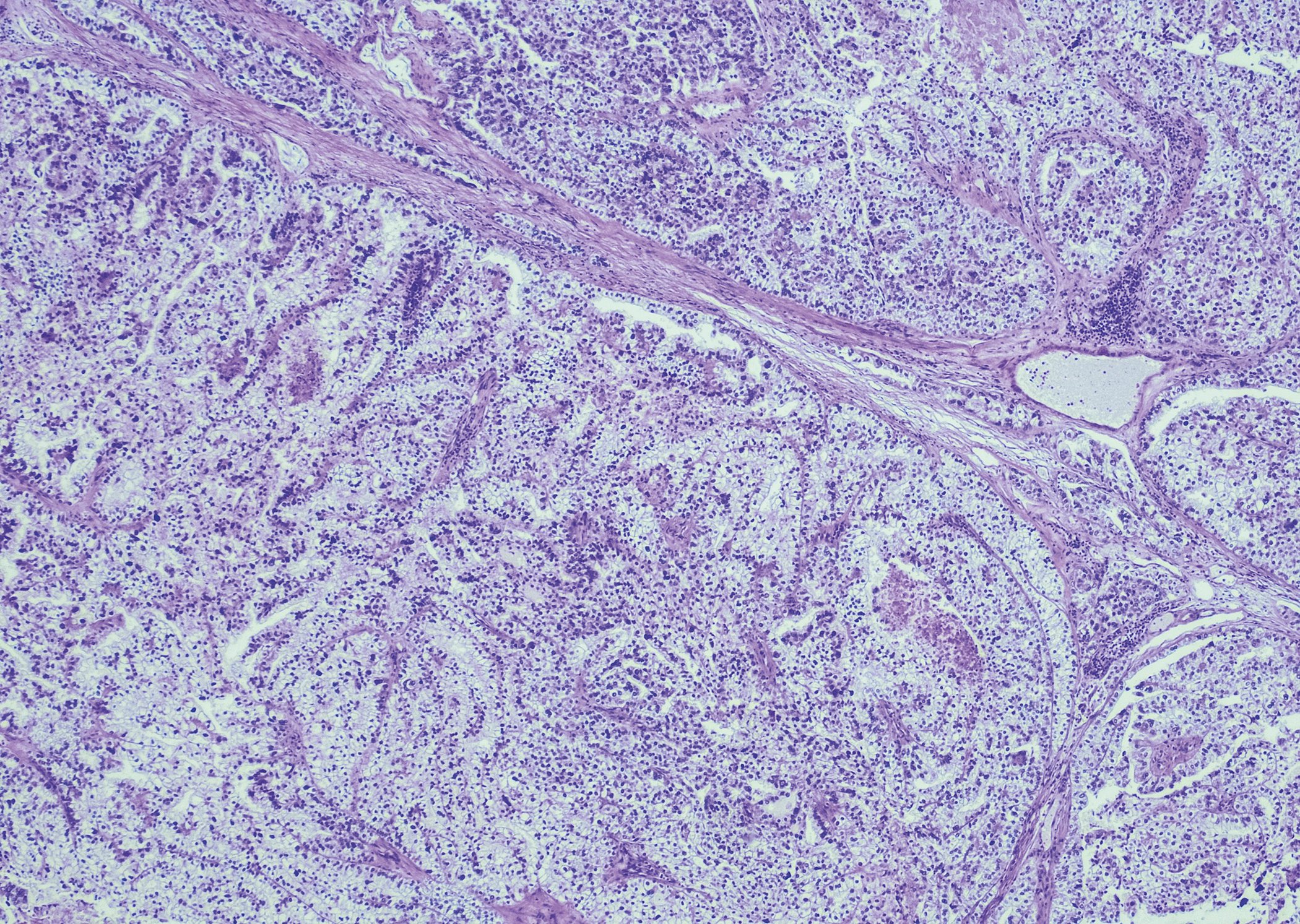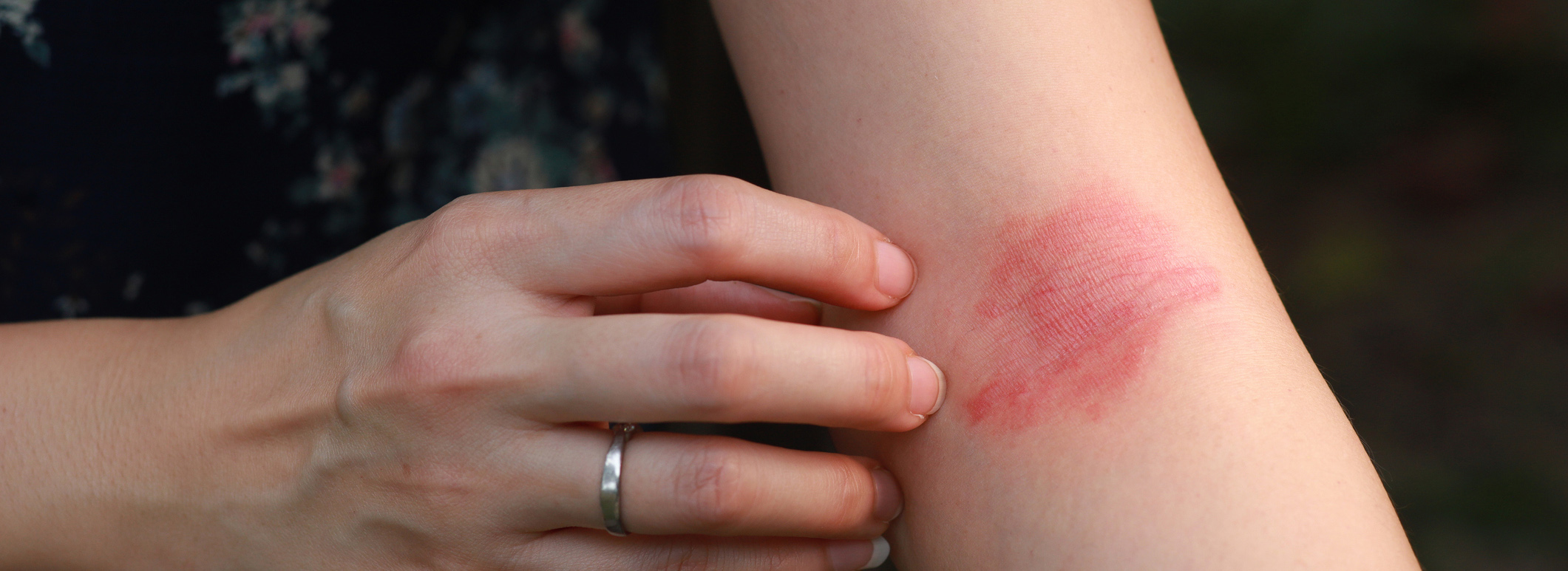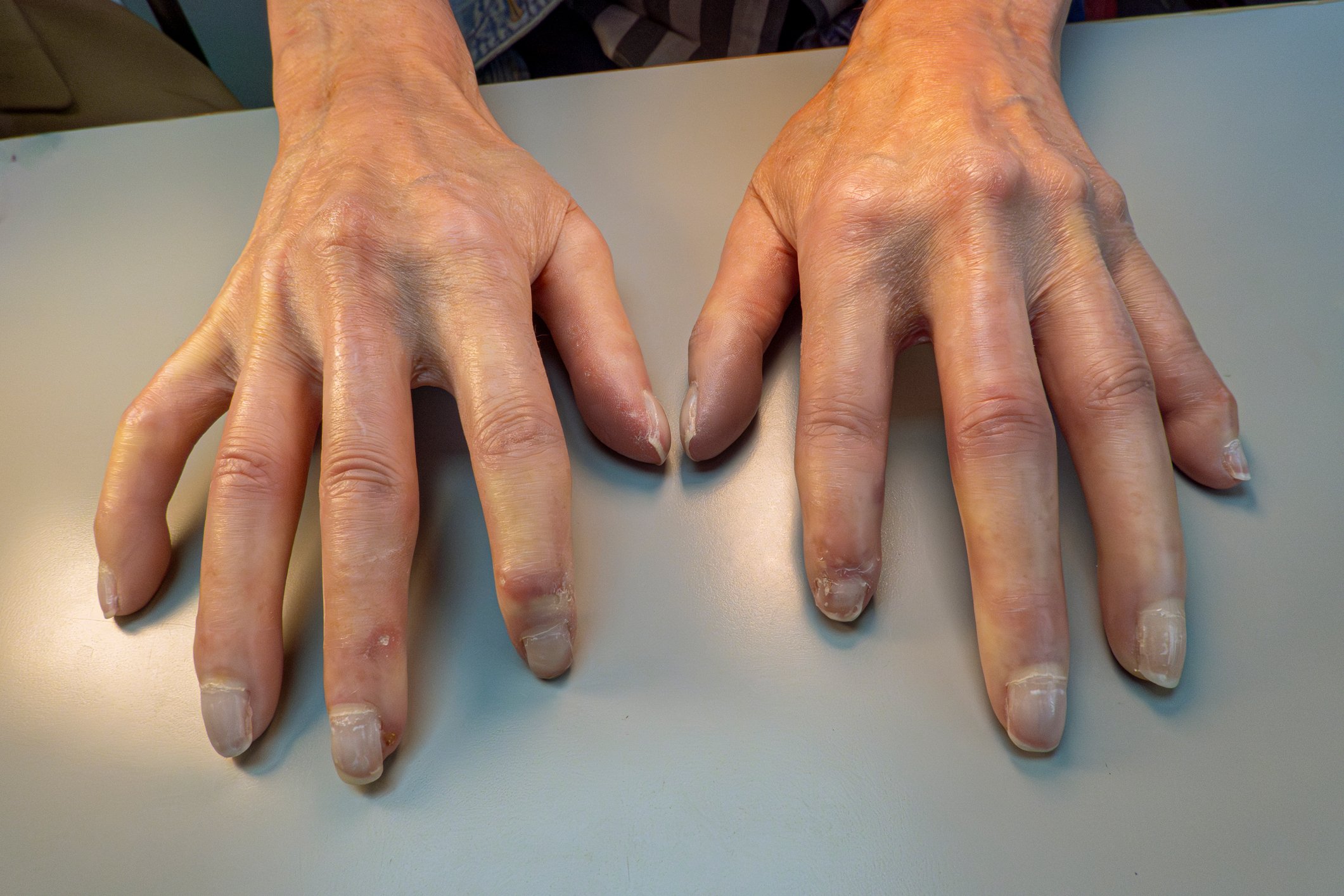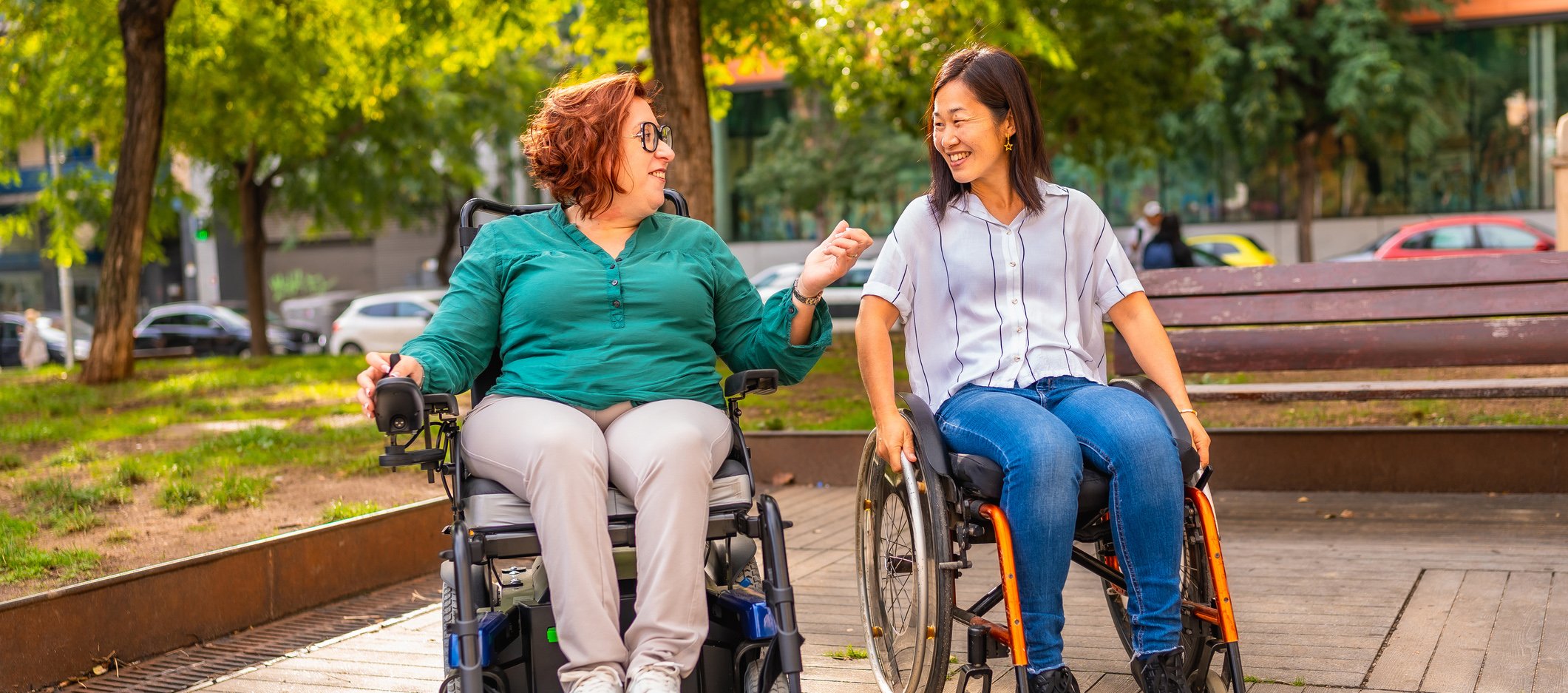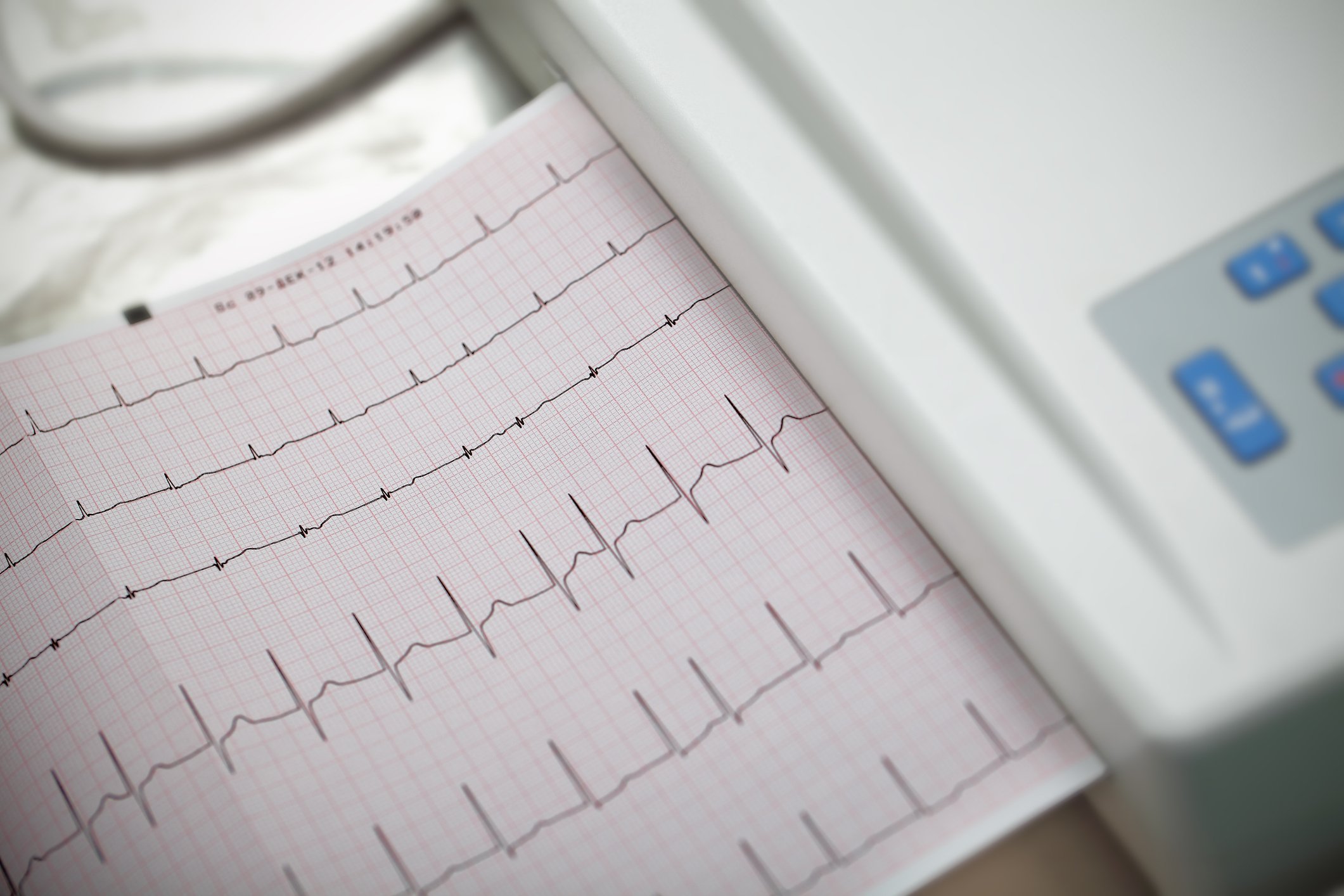The human heart does not simply beat to the beat of a metronome-like sound, but produces a complex, multi-layered “heart music” that finds its expression in millions of micro-variations. At the center of this melody are the fine control circuits in the sinoatrial (SAN) pacemaker cells, whose coupled “clock systems” – ionic membrane clocks and intracellular calcium clocks – are continuously modulated by the autonomic nervous system. Their interaction creates a heart rhythm symphony that reflects the physiological balance and is adapted to changing requirements in real time. With increasing age, subtle disturbances occur in this system: rhythmic subtleties are lost, the symphony becomes restless and ultimately dissonant, resulting in subclinical rhythm abnormalities and an increased susceptibility to sick sinus syndrome or atrial fibrillation.
You May Also Like
- Itching in primary biliary cholangitis
When the skin becomes agony
- TREATswitzerland Register
Evaluation of system therapies for AD
- Cardiogenic shock - 2025 update
Between standardization, team processes and targeted cycle support
- Collagenoses
Scleroderma – Current recommendations for diagnosis and therapy 2025
- Multiple sclerosis
Avoiding the nocebo trap with natalizumab biosimilars
- COPD and comorbidities
Exacerbation frequency is associated with cardiopulmonary disease burden
- Multiple myeloma
DREAMM-8: Key study in the development of BCMA therapy up to DREAMM-14
- Catheter ablation for atrial fibrillation 2025


